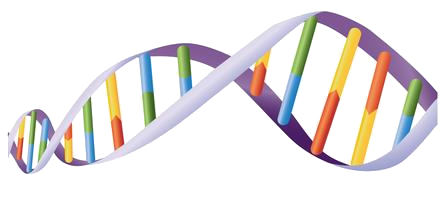
 History
HPC
History
HPC

 History
N 2000 - 2100 AD
History
N 2000 - 2100 AD


 IT-Times
Cloud Computing
IT-Times
Cloud Computing


 IT-Times
Artificial Intelligence
IT-Times
Artificial Intelligence


 IT-Times
IT-Times


 IT-Times
HPC
IT-Times
HPC

 Science and technology
Science and technology

大数据(英语:Big data[1][2]或Megadata),或称巨量数据、海量数据、大资料,指的是所涉及的数据量规模巨大到无法通过人工,在合理时间内达到截取、管理、处理、并整理成为人类所能解读的信息[3][4]。在总数据量相同的情况下,与个别分析独立的小型数据集(data set)相比,将各个小型数据集合并后进行分析可得出许多额外的信息和数据关系性,可用来察觉商业趋势、判定研究质量、避免疾病扩散、打击犯罪或测定实时交通路况等;这样的用途正是大型数据集盛行的原因[5][6][7]。
截至2012年,技术上可在合理时间内分析处理的数据集大小单位为艾字节(exabytes)[8]。在许多领域,由于数据集过度庞大,科学家经常在分析处理上遭遇限制和阻碍;这些领域包括气象学、基因组学[9]、神经网络体学、复杂的物理模拟[10],以及生物和环境研究[11]。这样的限制也对网络搜索、金融与经济信息学造成影响。数据集大小增长的部分原因来自于信息持续从各种来源被广泛收集,这些来源包括搭载传感设备的移动设备、高空传感科技(遥感)、软件记录、相机、麦克风、无线射频辨识(RFID)和无线传感网络。自1980年代起,现代科技可存储数据的容量每40个月即增加一倍[12];截至2012年,全世界每天产生2.5艾字节(2.5×1018)的数据[13]。
大数据几乎无法使用大多数的数据库管理系统处理,而必须使用“在数十、数百甚至数千台服务器上同时平行运行的软件”[14]。大数据的定义取决于持有数据组的机构之能力,以及其平常用来处理分析数据的软件之能力。“对某些组织来说,第一次面对数百GB的数据集可能让他们需要重新思考数据管理的选项。对于其他组织来说,数据集可能需要达到数十或数百兆字节才会对他们造成困扰。”[15]




